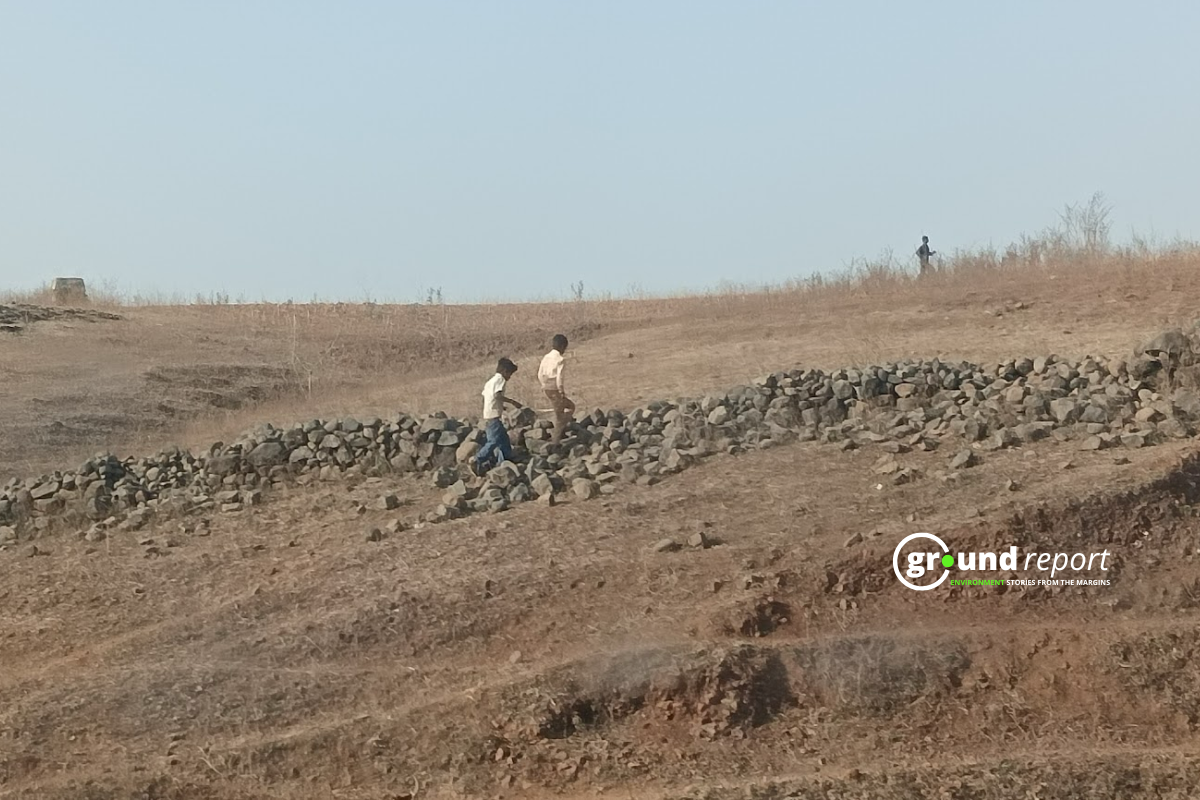India’s power consumption rose by 5.14% in November 2024, reaching 125.44 billion units (BU) compared to 119.30 BU last year, according to government data. Experts attribute the rise to warmer-than-usual weather, delaying winter and influencing energy use.
The highest single-day power supply, or peak power demand, rose slightly to 207.42 GW in November 2024 from 204.56 GW in November 2023. This increase reflects higher temperatures, particularly in northern India, where electricity consumption rises in winter due to heating needs.
India’s peak power demand reached a record high of about 250 GW in May 2024, surpassing the previous record of 243.27 GW in September 2023. Earlier, the Ministry of Power projected peak demands of up to 260 GW during the summer.
India’s Grid Controller forecasts peak power demand to rise between December 2024 and February 2025. Projections estimate demand at 230 GW in December, 237 GW in January, and 234 GW in February, representing a year-on-year increase of 5.4-7.8%.
Last winter’s peak demands were 214 GW in December 2023, 222.4 GW in January 2024, and similar levels in February 2024. The Ministry of Power is confident about meeting demand this winter, citing sufficient capacity and proactive measures to avoid shortfall.
November 2024 was the warmest in the last four to five years, affecting the seasonal drop in power usage. Experts anticipate steady demand in the coming weeks due to robust industrial and commercial activity and colder temperatures as winter progresses.
India’s energy sector continues to respond to fluctuations in weather and economic activity, with efforts to meet growing electricity demand.
Support us to keep independent environmental journalism alive in India.
Keep Reading
Watch: Kashmir experiences first snowfall of season after dry spell
Amarnath Yatra: Tackling rising death toll from extreme weather events
Tourists arrival in Kashmir break records, a need to regulate it?
From tourist paradise to waste wasteland: Sindh River Cry for help
Follow Ground Report on X, Instagram and Facebook for environmental and underreported stories from the margins. Give us feedback on our email id greport2018@gmail.com.
Don’t forget to Subscribe to our weekly newsletter, Join our community on WhatsApp, and Follow our YouTube Channel for video stories.






